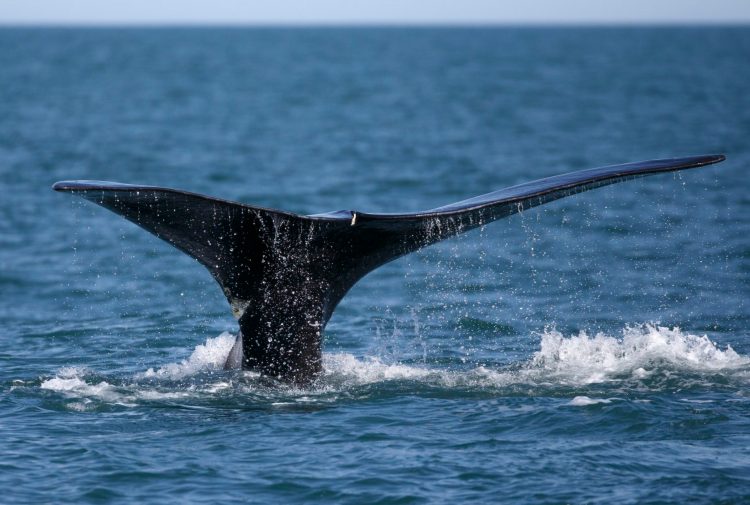Your Oct. 18 editorial, concluding that the Maine Department of Marine Resources’ right whale risk reduction plan is a “step in the right direction,” misses the mark. While the department’s attempt to find a compromise between saving the North Atlantic right whale and maintaining lobster lines is understandable, the fate of this whale depends on more conservation, not less.
Here’s the bleak state of play: At least 30 right whales have been killed over the past three years, with no more than 400 alive today. Only 12 calves have been born since 2017. Right whales no longer die of old age: Vessel collisions and fishing gear entanglements are shaving decades off their average lifespans.
National Marine Fisheries Service data show that right whales frequent Maine waters and have been found entangled in Maine lobster lines. Even when entanglements don’t kill whales outright, they severely hinder feeding and reproduction, pushing the population further towards extinction.
These circumstances are dire and reversing this trend will require some tough choices. DMR wants to have its cake and eat it, too, saying it wants to save the right whales based on science while refusing to heed what right whale experts say about the true risk in Maine waters. While the proposed line reductions are a good start, they’re less than half the reductions DMR committed to six months ago. Half measures won’t save this whale, and DMR’s final plan must reflect the severity of the situation. That would be a step in the right direction.
Send questions/comments to the editors.



Comments are no longer available on this story